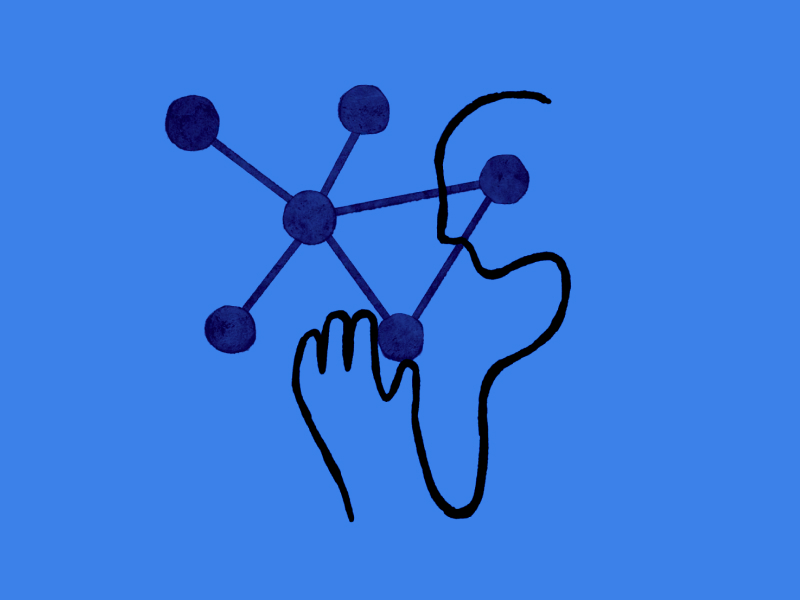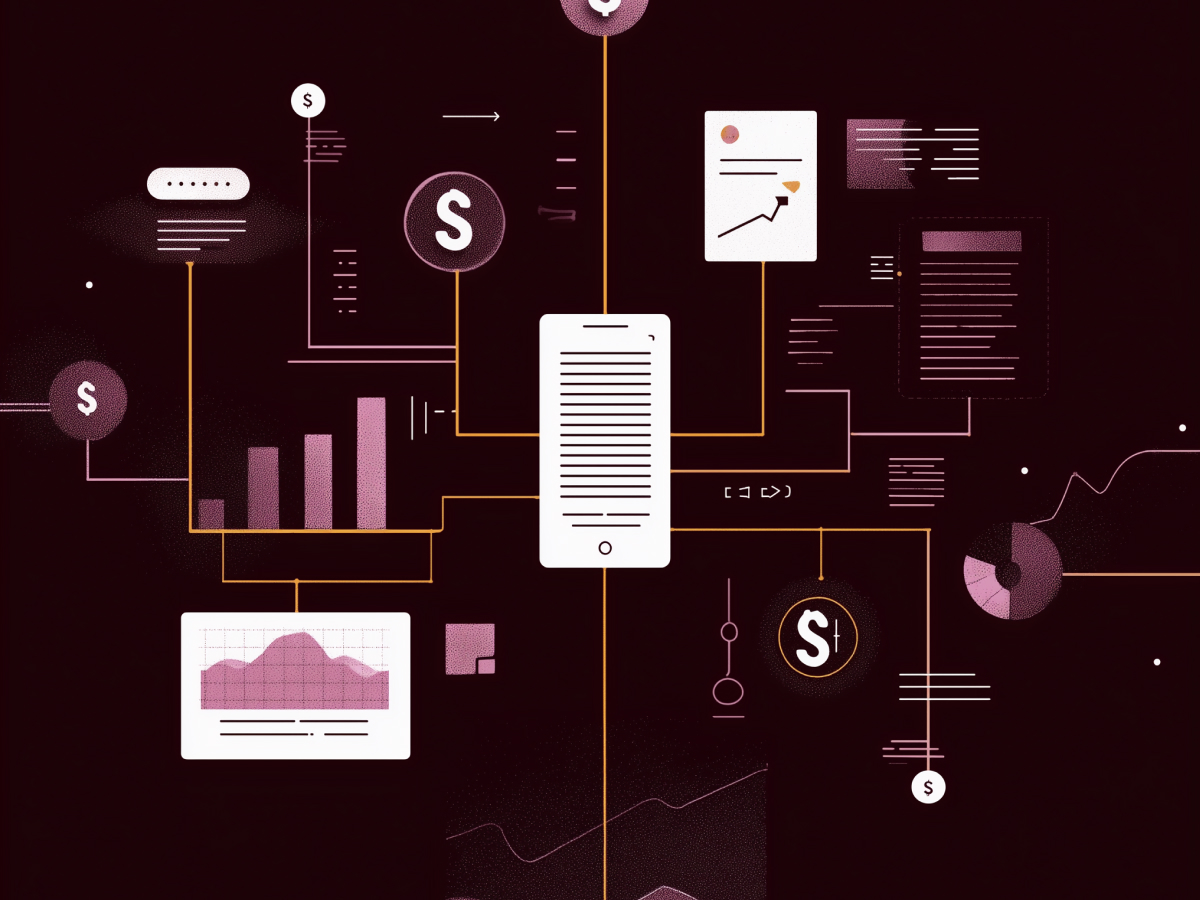Claude 3.5 Sonnet, the AI Set to Outperform GPT-4o and Gemini
Anthropic’s latest AI model, Claude 3.5 Sonnet, has stepped into the competitive AI space with the ambition to match or surpass the capabilities of leading models like OpenAI’s GPT-4o and Google’s Gemini.
Designed to handle a wide array of tasks, Claude 3.5 Sonnet aims to redefine performance standards in AI and LLM tech. This model delivers a blend of speed and efficiency, setting new benchmarks in the industry.
With a focus on versatility, Claude 3.5 Sonnet is built to excel in diverse tasks ranging from natural language processing to complex problem-solving. As companies increasingly seek robust AI solutions to streamline operations and drive innovation, Claude 3.5 Sonnet is well-positioned as a leading contender in the market.
Expanding Claude 3.5 Sonnet’s Reach to Developers and Users Globally
Claude 3.5 Sonnet’s availability extends beyond Anthropic’s existing user base. Current Claude users on web and iOS platforms can integrate the new model into their workflows.
Anthropic is opening up access to developers, fostering a broader ecosystem of innovation and application development.
A wide range of users, from tech enthusiasts to seasoned developers, can leverage Claude 3.5 Sonnet’s capabilities. Providing access through multiple platforms, Anthropic aims to democratize AI tech, making it more accessible and usable for various applications, and scales well for enterprise use.
Claude 3.5 Sonnet Takes Center Stage in Anthropic’s AI Arsenal
Claude 3.5 Sonnet is strategically positioned as the mid-range model in Anthropic’s lineup, bridging the gap between the smaller Haiku model and the high-end Opus.
Despite being the middle-tier offering, Claude 3.5 Sonnet outperforms Anthropic’s previous flagship, the 3 Opus, by a large margin. It delivers double the speed of its predecessor, boosting both productivity and efficiency for users.
The strategic positioning of Claude 3.5 Sonnet aligns with Anthropic’s tiered solutions that cater to diverse needs. While the Haiku model serves lightweight tasks and the Opus caters to high-demand scenarios, Claude 3.5 Sonnet provides a balanced solution with superior performance, making it an ideal choice for businesses seeking optimal efficiency without the need for the highest-end model.
How Claude 3.5 Sonnet Dominates AI Benchmarks Against Major Competitors
Claude 3.5 Sonnet has set new standards for AI performance, as seen in its impressive benchmark results. It outperforms leading models like GPT-4o, Gemini 1.5 Pro, and Llama 3 400B in seven out of nine overall benchmarks, and in four out of five vision benchmarks.
Benchmarks measure different aspects of AI capabilities, including natural language understanding, problem-solving, and visual processing.
Results show that Claude 3.5 Sonnet offers big leap forward in AI performance. Excelling in multiple benchmarks, it showcases its versatility and robustness across a range of tasks.
Consistent outperformance across benchmarks also reflects Anthropic’s rigorous development and testing processes, so that Claude 3.5 Sonnet meets the highest standards of quality and reliability. Anthropic is – and will continue to be – a strong competitor in the rapidly evolving AI market, capable of delivering top-tier solutions that meet the diverse needs of modern businesses.
Claude 3.5 Sonnet’s advanced functionalities
Claude 3.5 Sonnet introduces new improvements in multi-dimensional AI applications, making it a versatile tool for a range of complex tasks. Improved capabilities in writing and translating code streamline software development processes, reducing time and errors associated with manual coding.
Through automating code generation and translation, businesses can accelerate project timelines and allocate resources more efficiently.
Claude 3.5 Sonnet excels in managing multi-step workflows, providing seamless integration of tasks that require coordination across different departments or systems. This is particularly beneficial for project managers and operations teams, who can now rely on Claude 3.5 Sonnet to maintain coherence and continuity in intricate workflows.
Interpreting charts and graphs is another area where Claude 3.5 Sonnet shows marked improvements, with the ability to analyze and extract meaningful insights from visual data representations aids decision-making processes.
Executives and analysts can quickly derive actionable insights from complex datasets, tangibly supporting the strategic planning process.
Strong proficiency in transcribing text from images bridges the gap between visual and textual data – supports industries reliant on document digitization and data extraction from physical sources.
Claude 3.5 Sonnet improves Human-like Interaction and Understanding humor
Claude 3.5 Sonnet is disrupting AI user interaction with its superior understanding of humor and producing content that mimics human writing styles. This is particularly important for customer service and content creation sectors, wherein the ability to engage users in a relatable and natural manner is a must.
Improved humor comprehension allows it to generate responses that are accurate , contextually appropriate, and more engaging – resulting in more meaningful and enjoyable interactions with users, ultimately leading to better user experiences and satisfaction.
Claude 3.5 Sonnet’s human-like writing is designed to make sure that the generated text is coherent, contextually relevant, and stylistically consistent with human authorship. Marketing teams, writers, and editors who require high-quality content generation that maintains the brand’s voice and tone will find Anthropic’s latest model practically useful.
Artifacts: A New Way to Engage with AI Outputs Directly
The introduction of the Artifacts feature is a major advancement in user interaction and engagement. Artifacts let users interact directly with the outputs generated by the model, providing a more hands-on and customizable experience.
Users can now modify designs, emails, and other outputs within the app, streamlining the editing and feedback process – eliminating the need to transfer generated content to external editors, saving time and reducing workflow friction.
For instance, a user asking Claude to draft an email can edit the text directly within the Claude interface, making the process more intuitive and efficient.
Artifacts support collaborative work environments, whereby multiple team members can interact with and refine AI-generated content. Team productivity is buttressed and fosters a more integrated approach to both content creation and project management.
How Anthropic Plans to Make Claude a Central Hub for Businesses
Anthropic’s long-term strategy for Claude revolves around transforming it into a central organizational tool, akin to platforms like Notion or Slack. This core vision aims to centralize knowledge, documents, and workflows within a single, secure space, streamlining business operations and collaboration.
Claude’s ability to securely manage and integrate company-wide information positions it as a valuable asset for businesses seeking to optimize their knowledge management systems. Centralizing data and workflows, Claude facilitates better information sharing, reduces silos, and improves overall operational efficiency.
Claude’s Growing Impact in the Fast-Paced AI Race
Anthropic’s Claude is a key player in the dynamic and rapidly evolving AI market, showcasing its powerful capabilities alongside well-known models like Gemini and ChatGPT. Despite receiving less media attention, Claude 3.5 Sonnet holds its own with surprisingly good performance metrics and innovative interactive features.
The rapid pace of AI development spotlights the competitive nature of the industry, wherein continuous improvement and innovation are a must for maintaining relevance.
Claude performs on par with, or better than, leading AI models, highlighting its potential to disrupt and influence market dynamics.




